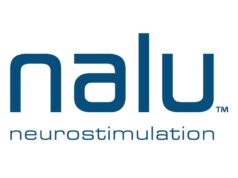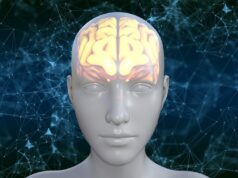A study published in the journal Neuromodulation has shown efficacy at three years’ follow-up for deep brain stimulation (DBS) for the treatment of neuropathic pain. The patients in the study had pain association with traumatic amputation and brachial plexus injury.
Vasco Abreu (Porto, Portugal) and others explain that chronic neuropathic pain is estimated to affect 3–4.5% of the worldwide population, posing a serious burden to society. Deep brain stimulation is already established for movement disorders and also used to treat some “off-label” conditions. However, DBS for the treatment of chronic, drug refractory, neuropathic pain has shown variable outcomes with few studies performed in the last decade. Thus, this procedure has consensus approval in parts of Europe but not the USA.
This study then, prospectively evaluated the efficacy at three years of DBS for neuropathic pain.
Sixteen consecutive DBS patients received 36 months post-surgical follow-up in a single centre. Six of the patients had phantom limb pain after amputation and 10 had deafferentation pain after brachial plexus injury, all due to traumas. To evaluate the efficacy of DBS, patient-reported outcome measures were collated before and after surgery, using a visual analogue scale (VAS) score, University of Washington Neuropathic Pain Score (UWNPS), Brief Pain Inventory (BPI), and 36-Item Short-Form Health Survey (SF-36).
Abreu and colleagues report that contralateral, ventroposterolateral sensory thalamic DBS was performed in sixteen patients with chronic neuropathic pain over 29 months.
“A postoperative trial of externalised DBS failed in one patient with brachial plexus injury. Fifteen patients proceeded to implantation but one patient with phantom limb pain after amputation was lost for follow-up after 12 months. No surgical complications or stimulation side effects were noted. After 36 months, mean pain relief was sustained, and the median (and interquartile range) of the improvement of VAS score was 52.8% (45.4%) (p=0.00021), UWNPS was 30.7% (49.2%) (p=0.0590), BPI was 55% (32%) (p=0.00737), and SF-36 was 16.3% (30.3%) (p=0.4754),” the authors write.
The study found that DBS demonstrated efficacy at three years for chronic neuropathic pain after traumatic amputation and brachial plexus injury, with benefits sustained across all pain outcomes measures and slightly greater improvement in phantom limb pain.









